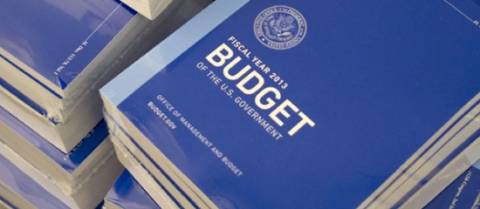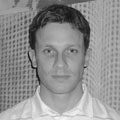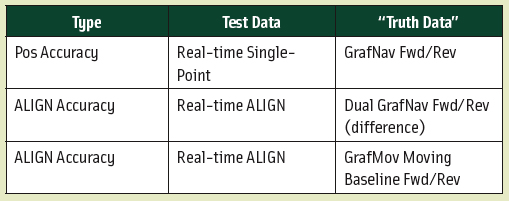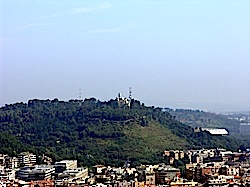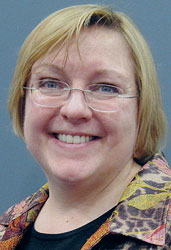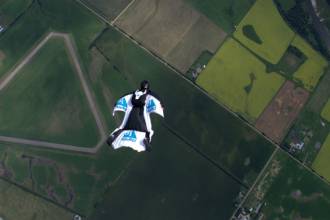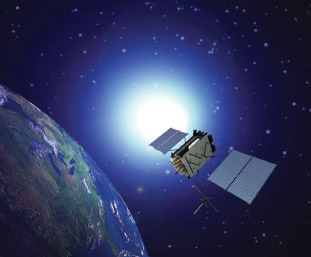IFEN and WORK Microwave Introduce Enhanced NavX-NCS GNSS Simulator
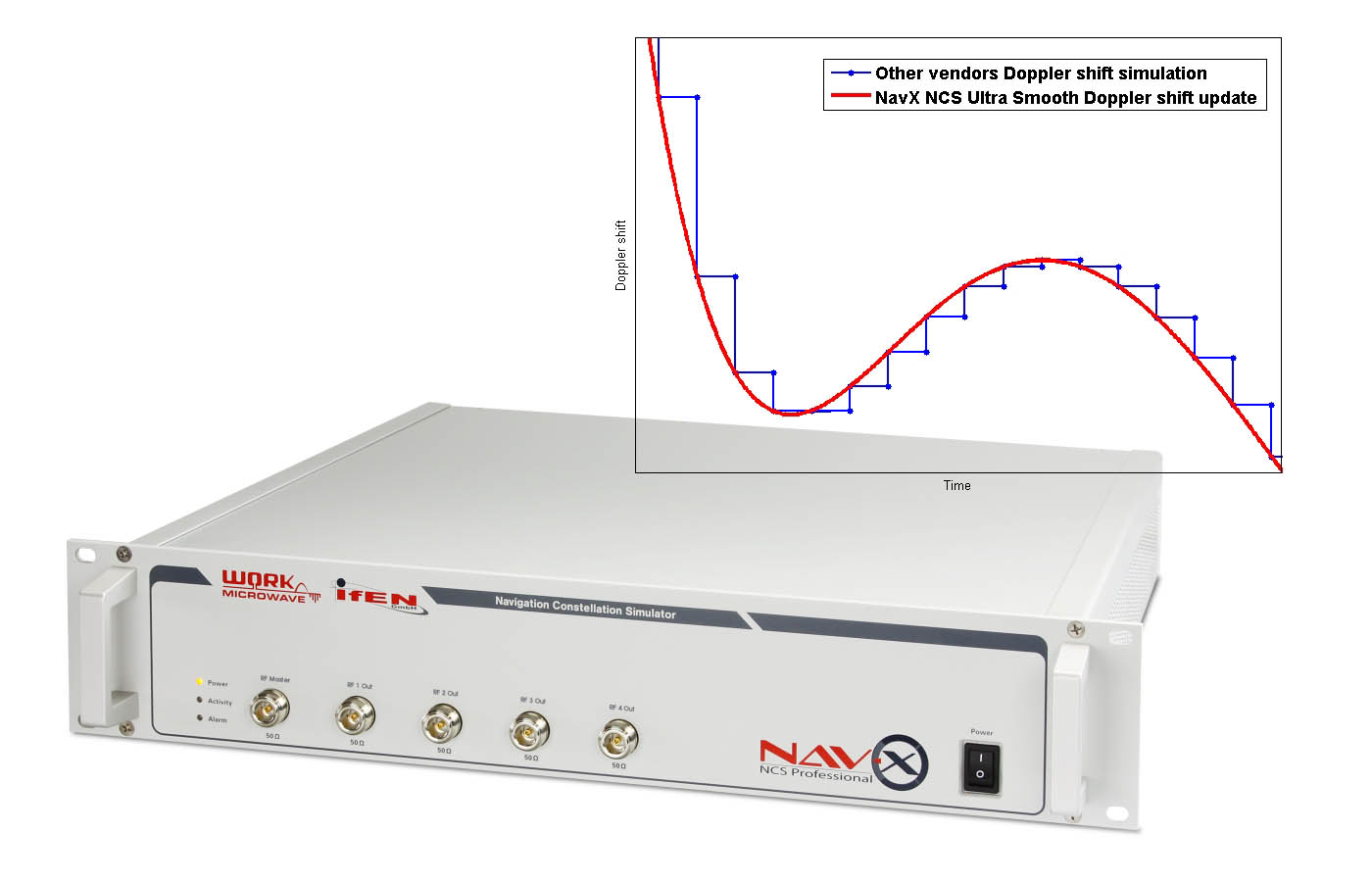
IFEN, the Poing, Germany–based manufacturer of GNSS navigation products and services, working in partnership with WORK Microwave, have announced an enhanced version of IFEN’s NavX-NCS Professional, a multi-frequency GNSS simulator.
Optimized for research and development of GNSS safety and professional applications, the enhanced version of the NavX-NCS Professional incorporate the following key features:
By Inside GNSS
